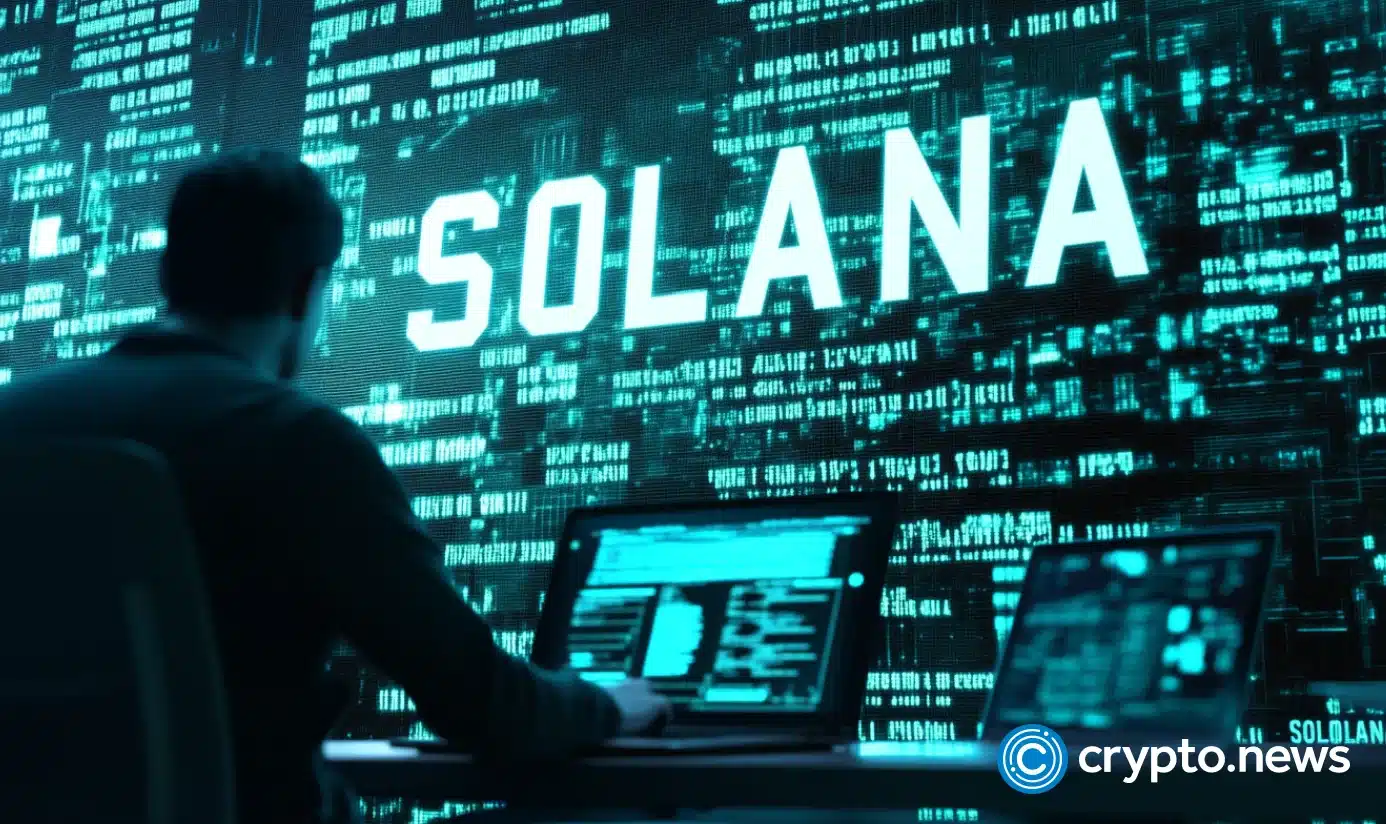
SIMD-228 proposal, which aims to cut SOL inflation by 80%, has gained 35.7% support from Solana validators so far.
According to data from Dune Analytics, 701 out of the 1327 active Solana (SOL) validators have voted. 1.2% have abstained, 17.2% are against the proposal, and 37.5% are in favor. If SIMD-228 were approved, it would drastically cut staking rewards, reducing the amount of fresh SOL tokens entering circulation.
There have been some concerns about how this would affect the network’s decentralization, even though it might lessen selling pressure. Currently, Solana’s inflation models depend on striking a balance between transaction fee burning and staking rewards.
More fees are burnt during periods of heavy network traffic, which helps to counter inflation. However as transaction costs have decreased, fewer tokens are being removed from circulation. Staking incentives keep adding fresh SOL supply at a 6.8% inflation rate, which may drive down its price.
SIMD-228 would lower staking rewards, reducing supply, and possibly increasing the value of SOL. However, smaller validators with low or no commission rates would find it difficult to remain profitable and might even be forced out.
If enough validators leave, the decentralization of the network may weaken, which raises questions about its long-term viability. Before choosing SIMD-228, Solana developers looked at a number of options, including ones with fixed-rate adjustments.
Meanwhile, Solana’s market performance has been poor in the past few weeks. As of Mar. 13, SOL is trading at $126, more than 50% down its peak of $293 in January. According to DefiLlama data, decentralized finance activity has decreased, as seen by the network’s total value locked falling from $12 billion in January to $7 billion.
Due to low network usage especially as memecoin trading cools off, monthly fees have also dropped significantly, from $250 million in January to $89 million in February.
Supply pressure may be reduced if SIMD-228 is approved, but its success relies on the expanding network demand. Reducing inflation by itself might not be enough to drive a strong recovery in the absence of more users and activity,


